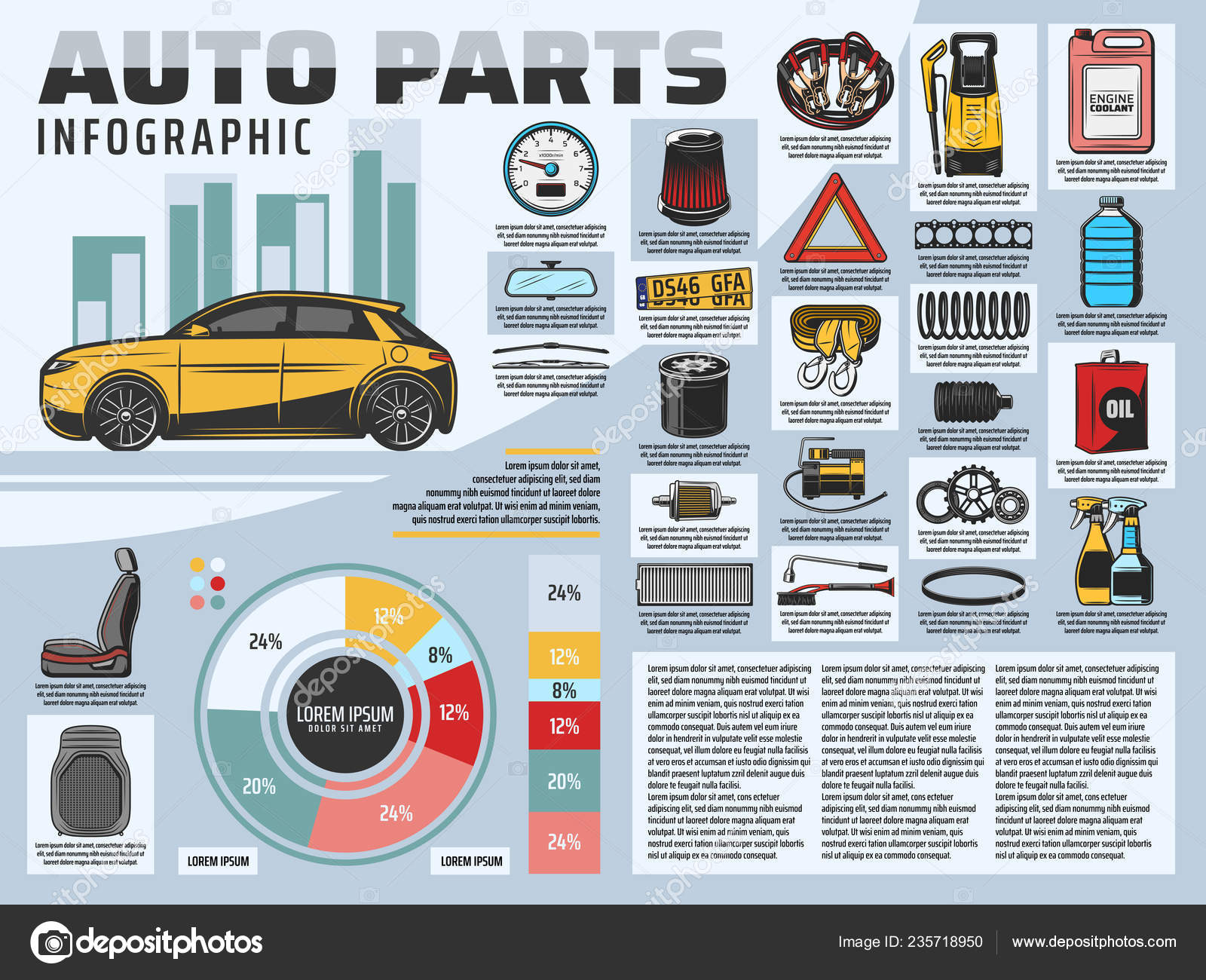Identifying One Of The Most Typical Caution Indicators On Your Dashboard And Their Definitions
Identifying One Of The Most Typical Caution Indicators On Your Dashboard And Their Definitions
Blog Article
Web Content By-Wilkerson Dinesen
When you lag the wheel, those control panel warning lights can be a real mystery. Yet did you know that decoding them can conserve you from potential cars and truck troubles later on? From the threatening check engine light to the subtle oil pressure caution and the ever-important battery light, each one works as a vital signal from your automobile. discover here to shed light on these common control panel cautions and outfit on your own with the expertise to navigate the road in advance.
Comprehending the Examine Engine Light
When your control panel lights up with the check engine light, it is necessary not to panic however to take immediate activity. The check engine light works as a caution that your vehicle's onboard diagnostic system has identified a prospective concern with the engine, emissions, or various other vital components. Disregarding this light can cause much more severe problems later on, so it's important to address it immediately.
To comprehend the source of the problem triggering the check engine light, you can utilize an OBD-II scanner to fetch the certain difficulty codes stored in your vehicle's computer system. These codes provide important info that can aid pinpoint the underlying problem.
While some issues triggering the check engine light might be small, such as a loose gas cap, others might show a lot more significant problems that need expert attention.
Translating the Oil Pressure Caution
Upon witnessing the oil pressure alerting light on your control panel, prompt focus is important. This warning shows that the oil pressure in your engine might be too reduced, which can cause serious engine damages if not addressed immediately. Low oil stress can be triggered by a range of concerns such as a leakage, a malfunctioning oil pump, or reduced oil levels. Overlooking this alerting light might cause costly fixings or perhaps engine failure.
If you see the oil pressure alerting light come on, the initial step is to securely pull over to the side of the road and switch off your engine. Inspect the oil level utilizing the dipstick and ensure it goes to the advised degree.
If the oil level is reduced, top it up with the appropriate oil for your automobile. If the oil degree is sufficient, do not continue driving and look for assistance from a mechanic to diagnose and repair the concern immediately. Keep in mind, preserving proper oil stress is important for the health and wellness and long life of your engine.
Analyzing the Battery Light
To decipher the relevance of the battery light on your dashboard, you have to recognize its important role in your vehicle's electric system. When the battery light brightens while you're driving, it indicates that the electric system isn't receiving enough power from the battery.
This could be because of a falling short battery, a damaged generator, or problems with the billing system. Disregarding https://laist.com/news/transportation/going-electric-california-car-mandate-would-hit-mechanics-hard could lead to your lorry delaying or being incapable to begin.
If the battery light comes on, it's suggested to securely pull over and have your car evaluated by a technician immediately. They can perform diagnostics to pinpoint the underlying issue and prevent a prospective failure.
Conclusion
Now that you understand just how to determine the most usual caution lights on your control panel and what they imply, you can address any kind of prospective issues quickly. Keep in mind, the check engine light, oil pressure warning, and battery light are very important indications of your automobile's health. Remain informed, remain safe, and keep your cars and truck running smoothly by taking note of these warning signs.
